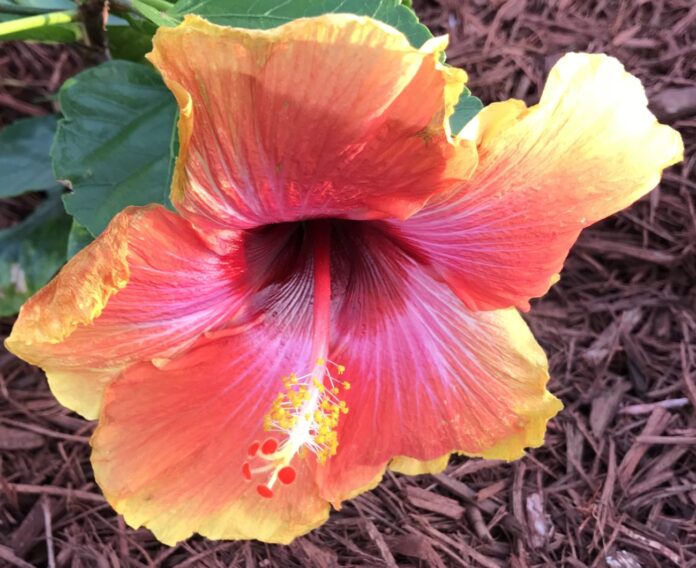By Anita Westervelt, Texas Master Naturalist
In the plant world, word usage may not match how a favorite dictionary or your own mental word history define it.
Exact terminology is important when one wants to know what is being talked about — especially where words are defined in regard to specific disciplines — such as in the plant world.
For logophiles (people who love words), the following words are those likely to be encountered during native plant lectures or found while perusing plant books.
Native — naturally occurring in an area without human introduction. “A plant that is part of the balance of nature that has developed over hundreds or thousands of years in a particular region or ecosystem,” according to the Texas Commission on Environmental Quality, TakeCareOfTexas.org campaign.
The Valley sports more than 1,050 native species. Some say native plants are only those that were recorded prior to the arrival of European immigrants. The Texas ebony (Chloroleucon ebano) fits that category.
Endemic — a plant unique to a defined geographic location (often used — not always correctly — interchangeably with the word native).
Indigenous — originating in and characteristic of a particular region or country; native.
Opportunistic — in regard to a native plant, one that is able to take advantage of disturbance to the soil or existing vegetation to spread quickly and out-compete the other plants on the disturbed site.
In Harlingen’s Hugh Ramsey Nature Park, three furrowed Indian mallow (Abutilon trisulcatum) is more opportunistic than Texas Master Naturalist volunteers maintaining Ebony Loop specialty gardens would like. Although trisulcatum seeds provide excellent bird food, birds help spread the plant throughout the park where it inundates trail edges and other gardens with the tall, prolific plants. Quick identifying features of this mallow are its three-cornered stem and large, heart-shaped, soft velvety leaves.
Non-Native — a plant introduced with human help (intentionally or accidentally) to a new place or new type of habitat where it was not previously found. Introduced, non-native and exotic can be used interchangeably.
Introduced — an introduced species is a plant that is not native to the place or area where it is considered introduced. Instead, the species has been accidentally or deliberately transported to the new location by human activity. The nursery trade introduced Cape honeysuckle (Tecomaria capensis), native to southern Africa, which became a popular nectar plant for hummingbirds, butterflies and bees.
Exotic — not native; introduced from another region or country. Hibiscus, prevalent in warm, tropical regions all over the world, is an exotic species cultivated from eight original hibiscus species native to Madagascar, Mauritius, Fiji, Hawaii, China and India, and introduced in the 12th century.
Naturalized — describes a plant, introduced from another region that grows and reproduces readily in competition with the natural flora. Texas lantana (Lantana urticoides) is native to the Valley; West Indian lantana (Lantana camara) is naturalized.
Adaptive — plants that are not native and not invasive, but are able to thrive in the local climate and soil conditions. Most often they originate from areas with similar soil types, climates and hardiness zones. The Tamaulipan olive tree (Cordia alba), native to Central America, is considered adaptive in Harlingen. The tree sports clusters of yellow blooms in spring and summer.
Aggressive — a native plant that spreads faster than preferred and into unwanted areas.
A plant may be aggressive in one area of its region and well-behaved or hard to establish in another. Texas Master Naturalist volunteers in Hugh Ramsey Nature Park find the native plant, Dicliptera sexangularis, to be quite aggressive in the park.
Invasive — a non-native species that is able to establish itself within existing native plant communities and poses a threat to the integrity of the ecological community. To most of those who volunteer in Valley nature parks, Guinea grass (Megathyrsus maximus) is synonymous with the word invasive. Guinea grass is native to tropical Africa. It also is opportunistic (takes advantage of disturbed soil). To help combat that in the specialty gardens around Ebony Loop, Texas Master Naturalist volunteers repopulate a cleared area with native species. For information about invasive species of concern in Texas visit www.texasinvasives.org.
United States Department of Agriculture plant-related definitions and botanical websites were helpful in writing this article.




